Invest
How to choose an exchange-traded fund
Exchange-traded funds (ETFs) are low-cost, long-term investment options with a wide spread, which means instant diversification for investors. However, it is still important to choose an ETF that is appropriate for your portfolio.
How to choose an exchange-traded fund
Exchange-traded funds (ETFs) are low-cost, long-term investment options with a wide spread, which means instant diversification for investors. However, it is still important to choose an ETF that is appropriate for your portfolio.

Here’s what to consider when choosing an ETF.
How to choose an ETF
ETFs typically track an index, sector or specific theme chosen by the fund manager. This makes each ETF somewhat unique despite striking similarities. To figure out which fund fits your portfolio best, compare the following features of your shortlisted ETFs.
Assets
Read the product disclosure statement to find out what type of assets the ETF holds.
ETFs can hold equities, fixed-income assets, physical properties, real estate investment trusts, other ETFs or a collection of various asset classes.
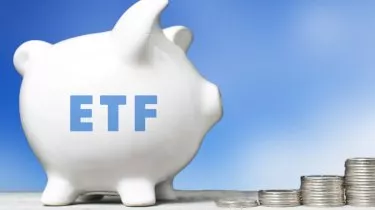
Whatever the fund holds can potentially determine its liquidity and risk exposure.
Liquidity
Liquidity refers to how fast and/or easy it is to turn an asset into cash – or how fast you can get the money if you decide to sell the asset.
The ETF’s underlying asset class may determine its liquidity, which is important if you want to ensure that transactions will be fast if you want to buy and sell your ETF units.
Risk exposure
Different asset classes are exposed to, and weakened by, different risks.
For instance, market volatility can heavily affect shares and equity assets, but fixed-income assets are more affected by interest rate movements. Consider what risks your current portfolio is already exposed to and try to choose an ETF that can soften its effect.
Currency
International ETFs are exposed to movements in currency, especially if the underlying assets are invested in emerging markets.
Avoid simply looking at the ETF’s market price because this doesn’t necessarily reflect your gains. Remember that international ETFs are purchased in the country’s local currency, so an economic slowdown in the local market may depreciate the value of your investments.
Investment strategy
The fund manager’s investment strategy can increase or decrease an ETF’s exposure to risk.
No matter how attractive its profits seem, make sure to consider whether an ETF matches your own investment objectives before adding it to your portfolio.
Track record
Past performance is not indicative of future performance, but it may show how well the fund manager handles the fund.
Likewise, look into the fund manager’s relationship with its clients. For instance, does the manager inform clients when the fund’s strategy changes and are they open about the ETF’s tracking error?
Making informed decisions is important, especially when it comes to finances, so choose a fund manager who will equip its clients with the necessary information that can help them decide.
Features
Some fund managers offer extra features in their ETFs, such as automatic reinvestment or automatic withdrawal of profits.
Consider asking about any features that other fund managers offer. Compare the different features and select the fund that can offer features that best fit your circumstances.
Transaction costs
The more you pay in fees, the less you get to keep for yourself.
ETFs are generally low-cost funds, but some fund managers still charge higher than others regardless of their fund’s performance.
ETF managers typically charge annual fees and brokerage fees. The former is a fee for managing the fund and its underlying asset, while the latter is a fee you pay for each buy and sell transaction.
Since most ETFs are designed for long-term investing, brokerage fees tend to be higher than management fees. Active trading may make ETFs more expensive.
Make sure to consider how much you will be paying in fees so that you can ensure that the profits your ETFs generate goes into your pocket rather than canceled out by fees.
Explore nestegg for more information about investing.
About the author

About the author


Stock market
International stocks: Diversifying your portfolio beyond Australia
In an increasingly globalized market, Australian investors have the opportunity to enhance their investment portfolio by incorporating international stocks. Diversifying your investments globally can ...Read more
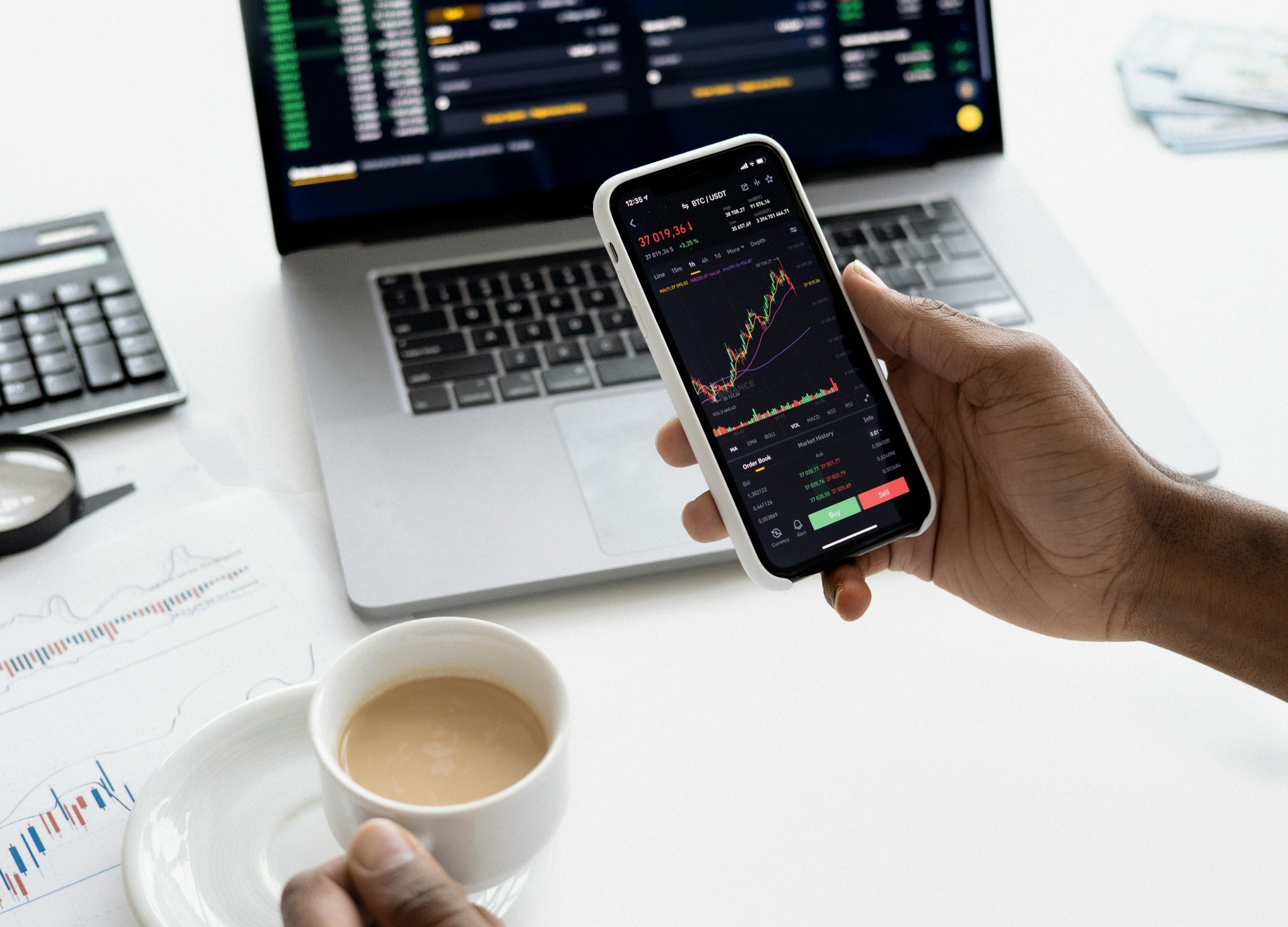
Stock market
Stock market rally likely to continue regardless of Fed minutes tone, says deVere CEO
The bull run that has propelled Wall Street's major indexes to record highs this month is expected to continue regardless of the tone of the upcoming Federal Reserve minutes, according to Nigel Green, ...Read more
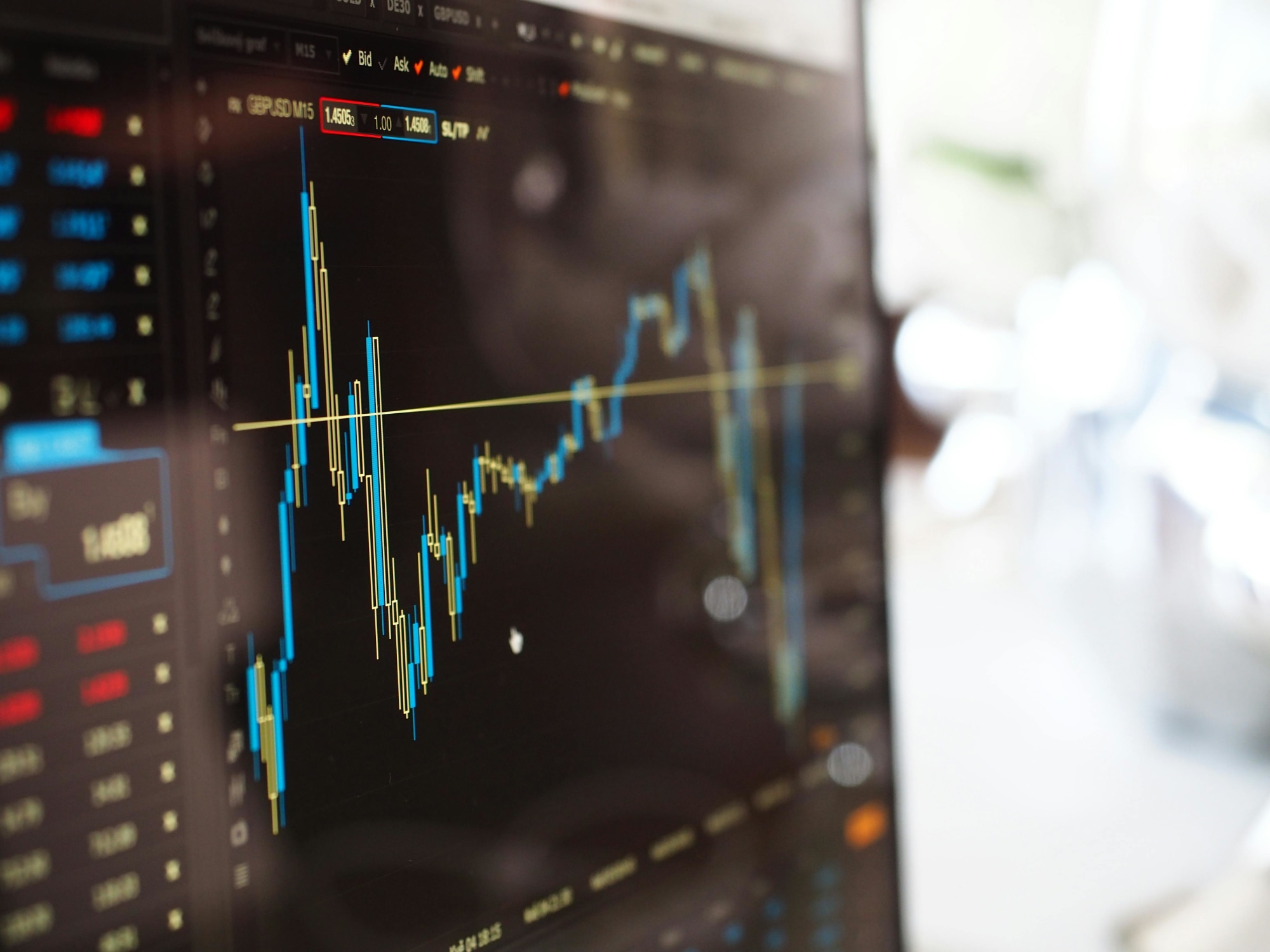
Stock market
US stock rally driven more by valuation growth than earnings, leaving tech names vulnerable: Innova
The strong gains in US stocks over the past year, particularly in the technology sector, have been driven more by expanding valuations than underlying earnings growth, leaving them exposed to a ...Read more
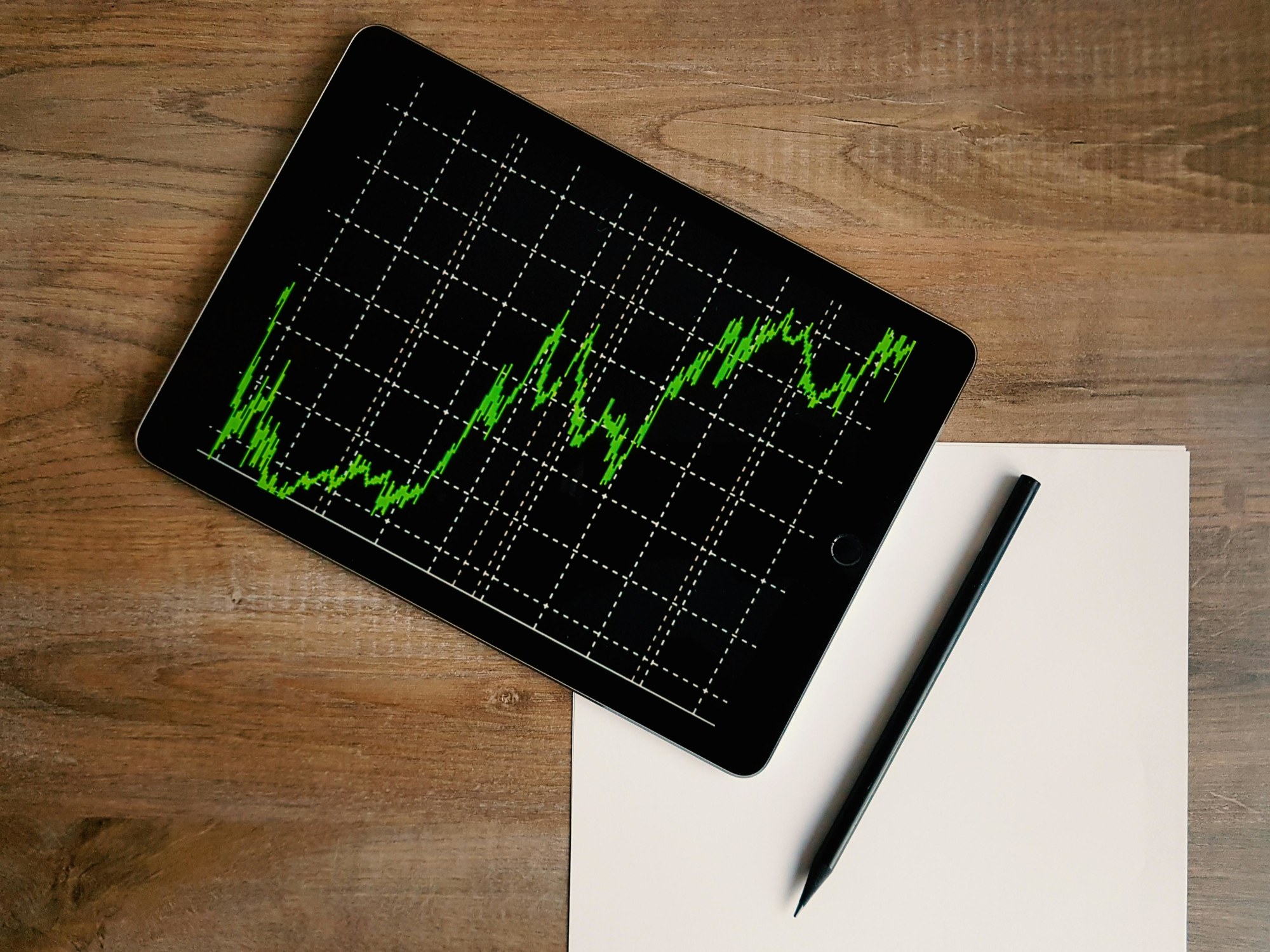
Stock market
Sun Silver to make its ASX debut with a $13 million IPO
Sun Silver Limited (proposed ASX Code: "SS1") has announced the opening of its Initial Public Offering (IPO) today, aiming to raise a minimum of $10 million and a maximum of $13 million (before costs)Read more

Stock market
Nasdaq hits record high, underscores the value of tech in investment portfolios
The Nasdaq Composite's surge to an all-time high last Friday highlights the importance of incorporating technology into investment strategies. Read more
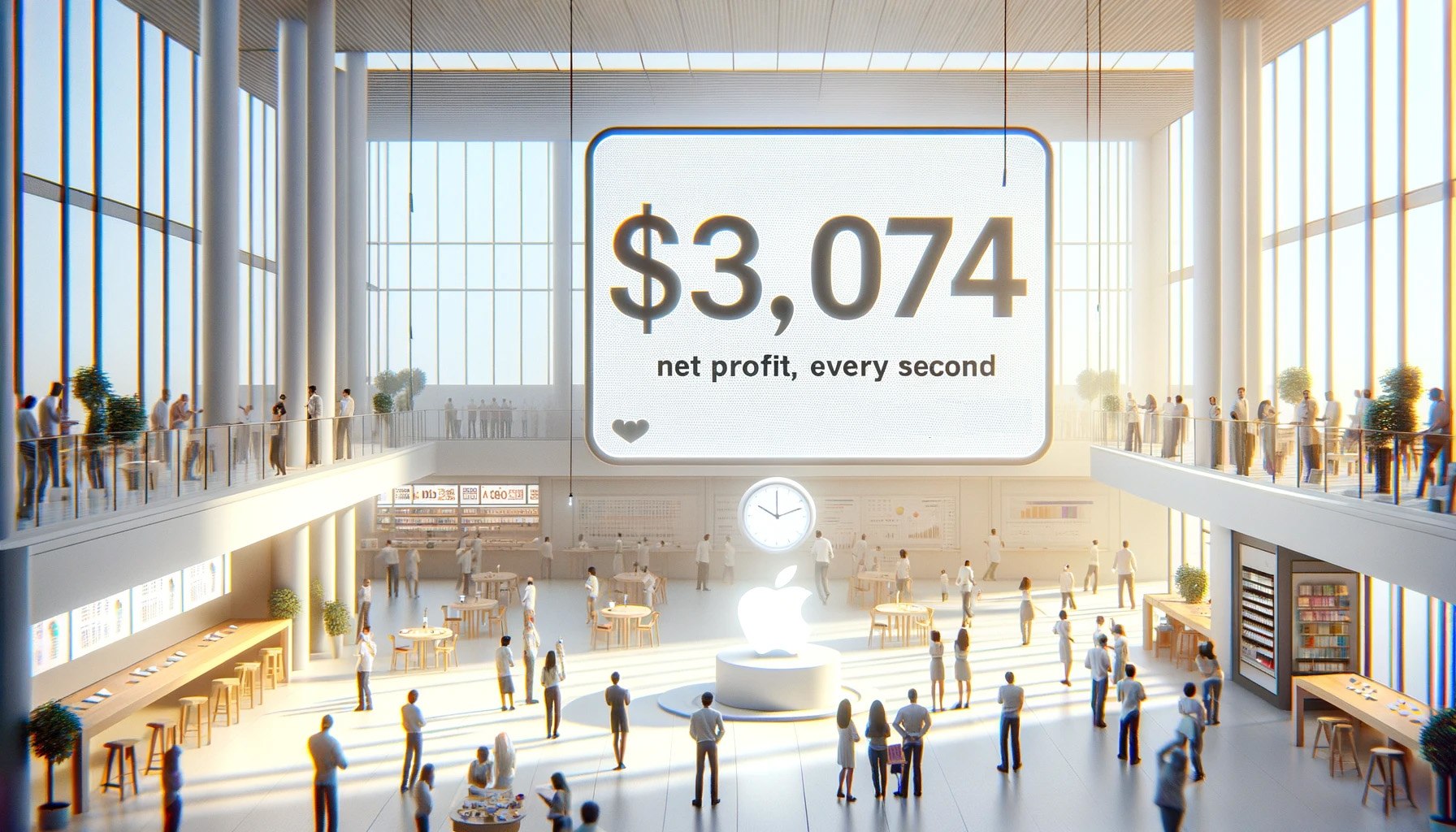
Stock market
Apple sets an unprecedented profit pace within the GAFAM group in 2023
After navigating through the economic difficulties presented in 2022, the technology sector has demonstrated resilience and growth, with many companies seeing increases in revenue and stock value. Read more
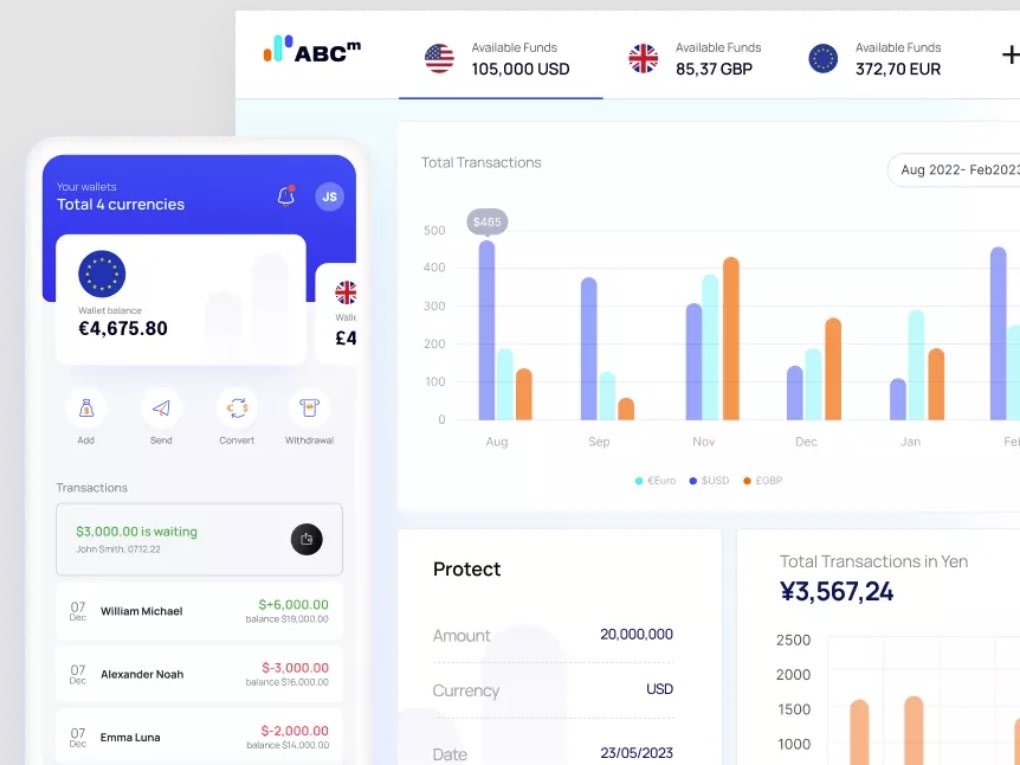
Stock market
Fintech startup okoora unlocks over $3 billion in forex savings for businesses
Fintech innovator okoora has announced it has saved customers a monumental amount over $3 billion through international foreign exchange transactions. Read more

Stock market
Google's Gemini edges out ChatGPT4 in groundbreaking AI showdown
Google's latest AI model, Gemini, has edged out OpenAI's ChatGPT4 in a recent set of rigorous multi-discipline tests, marking a significant milestone in the large language model (LLM) sector. Read more

Stock market
International stocks: Diversifying your portfolio beyond Australia
In an increasingly globalized market, Australian investors have the opportunity to enhance their investment portfolio by incorporating international stocks. Diversifying your investments globally can ...Read more

Stock market
Stock market rally likely to continue regardless of Fed minutes tone, says deVere CEO
The bull run that has propelled Wall Street's major indexes to record highs this month is expected to continue regardless of the tone of the upcoming Federal Reserve minutes, according to Nigel Green, ...Read more

Stock market
US stock rally driven more by valuation growth than earnings, leaving tech names vulnerable: Innova
The strong gains in US stocks over the past year, particularly in the technology sector, have been driven more by expanding valuations than underlying earnings growth, leaving them exposed to a ...Read more

Stock market
Sun Silver to make its ASX debut with a $13 million IPO
Sun Silver Limited (proposed ASX Code: "SS1") has announced the opening of its Initial Public Offering (IPO) today, aiming to raise a minimum of $10 million and a maximum of $13 million (before costs)Read more

Stock market
Nasdaq hits record high, underscores the value of tech in investment portfolios
The Nasdaq Composite's surge to an all-time high last Friday highlights the importance of incorporating technology into investment strategies. Read more

Stock market
Apple sets an unprecedented profit pace within the GAFAM group in 2023
After navigating through the economic difficulties presented in 2022, the technology sector has demonstrated resilience and growth, with many companies seeing increases in revenue and stock value. Read more

Stock market
Fintech startup okoora unlocks over $3 billion in forex savings for businesses
Fintech innovator okoora has announced it has saved customers a monumental amount over $3 billion through international foreign exchange transactions. Read more

Stock market
Google's Gemini edges out ChatGPT4 in groundbreaking AI showdown
Google's latest AI model, Gemini, has edged out OpenAI's ChatGPT4 in a recent set of rigorous multi-discipline tests, marking a significant milestone in the large language model (LLM) sector. Read more







